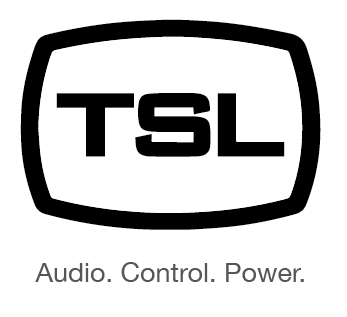Welcome to White City - Gravity Media
FEED Magazine – Summer 2023
THERE'S A NEW KID ON THE BLOCK RIGHT AT THE EPICENTRE OF BRITISH BROADCAST
One of the beauties of broadcast has been the evolutionary process of production facilities and studios over the years. As time marches on, the industry has seen a steep upward track of growth when it comes to these facilities, with particularly remarkable developments over the past decade, matching up with huge innovations in technology.
As we enter the post-pandemic production era, an influx of turnkey developments in premises have started to emerge. This is no less true for a new London-based, next-generation production centre going by the name of The Westworks.
The latest of Gravity Media’s facilities, the new centre flung open its doors this year, serving as a creative and technology-leading media hub.
An amalgamation of production, post-production and live studios; 30,000 sq ft facility boasts best-in-class technology to support both on-premises and distributed remote production workflows.
BROADCAST’S BIRTHPLACE
Located in White City, The Westworks site can be found where many would consider the home of UK TV. At the location of the original BBC Television Centre, the area exists today as a bustling broadcasting hive of studios and production facilities.
“The production centre is a remote facility that combines eight galleries with up to 12 edit suites,” introduces head of SI at Gravity Media, Paul Sykes. “We’ve also built two studios in there, with some EVS areas and six voice-over booths.
“The main purpose of building the centre was to facilitate two key clients – one of which is Formula E. We have a Formula E race in São Paulo this weekend, which consists of up to 90 incoming feeds entering the facility, paired with 40 outgoing feeds. We’ve then got connectivity in and around that of all the Metronet suppliers like Globecast and BT.”
Though the initial focus is to benefit those two key clients, the future of the facility is looking bright. With plans to build out and aggregate a wider network of customers, the area aims to provide all-important remote production capabilities that so many productions find themselves desperately outsourcing for.
“What we are finding now is clients are coming to us and saying, ‘we don’t want the cost of flying lots of people around the world, and so we want to introduce remote production into our workflows’,” Sykes explains. “We still do our bread-and-butter OBs and fly packs, but this whole facility was born from the idea that our clients increasingly wanted to move their productions off-site,” explains Sykes.
THE TECH BEHIND THE TV
Of course, to achieve such a high-grade remote broadcast facility, it needed to be kitted out with the best-quality, most cost-effective and efficient broadcast tech solutions available to the market right now.
Cue TSL, who teamed up with Gravity Media to implement audio monitoring solutions and various additional products.
Gravity Media found itself purchasing a number of MPA1-MIX-SDI-Vs and PAM2-IPs for the project. “I had a call with Paul early last year to discuss our audio monitors and the option to choose the I/O on the units,” details regional sales manager at TSL, Matthew Plant. “When it came to discussing the requirements for the new White City facility, we looked to see if a -1 variant (single SDI input instead of 2x input and 1x output) of the MPA-MIX-SDI would be suitable for their workflow.
“Gravity Media was happy with this, which meant we were able to go forward and distribute the required number of units in time for project delivery,” adds Plant.
Having worked with Gravity on a number of occasions in the past, supplying its industry-leading audio monitoring solutions, it was an easy choice for Sykes and the team. A lack of feedback acts only as a positive in this scenario. “No news is always good news,” stresses Sykes. “We literally turned them on and never had to bother the TSL team since. We took them out of the box and they’ve been working since day one.”
It’s safe to say that a lot of hard work went on behind the scenes to achieve this simple plug-and-play element to TSL’s suite of solutions.
“It’s great to hear comments like that from our customers. They reflect the many hundreds of hours in R&D and the amount of time the product management team spends working with customers to get to that stage,” adds director of products and technology at TSL, Mark Davies. “Exactly as Paul said, if operators are dipping in to do one production, they don’t have to get the manual out, they can just look at the front panel.
“It doesn’t happen by accident, we’ve spent hours in OBs, trucks and facilities – just like Paul’s – watching how people work and the pressure they’re under during a broadcast. We build our tech to make it as easy to use as possible,” Davies concludes.
This article was first published in Feed Magazine, Summer 2023 edition


